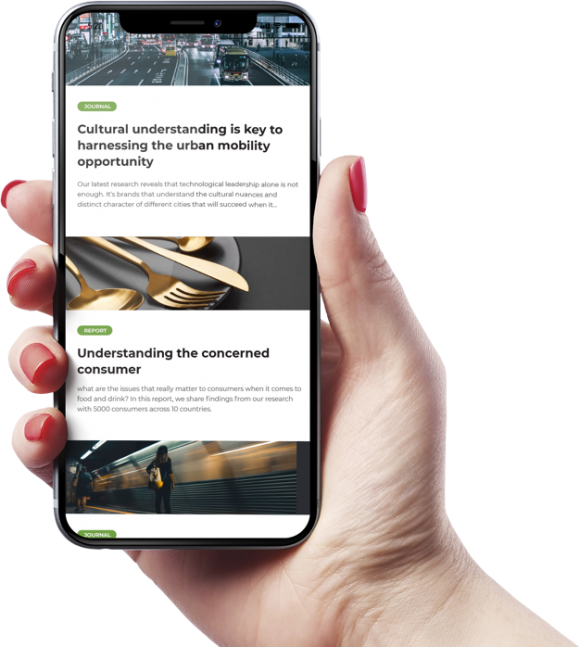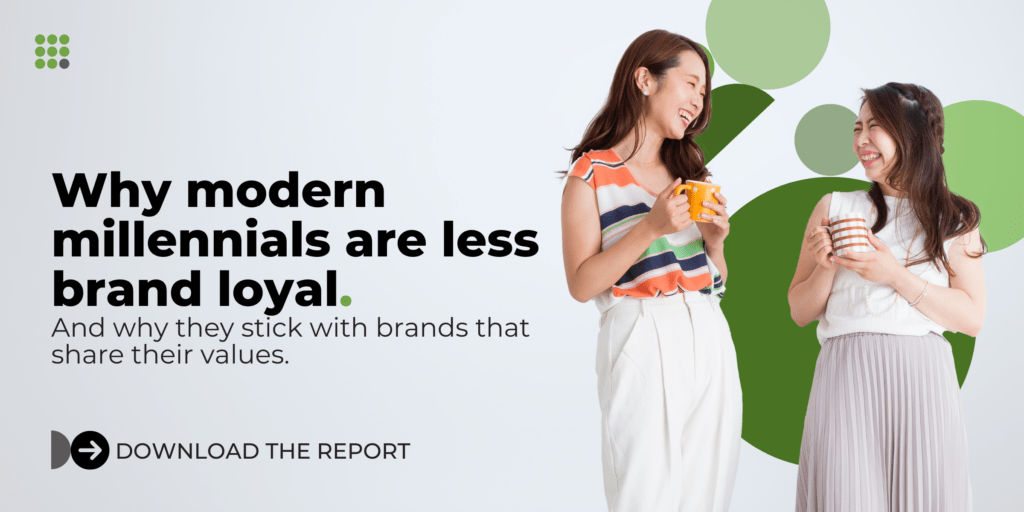Filipinos buy with both their hearts and eyes. In a country where practicality once guided purchasing, emotion now plays an equal role. The rise of cute capitalism, the fusion of visual delight and consumerism, has redefined what draws attention, builds trust, and ultimately drives a sale. Packaging, once an afterthought, has become a strategic tool for influence, signalling care, quality, and cultural connection long before a product is used.
Who Is Driving the Shift
The aesthetic turn in Filipino consumerism is most visible among urban Gen Z and millennial shoppers who dominate the country’s rapidly expanding social-commerce economy. These are digital natives who live, shop, and share online. According to DataReportal, the Philippine population spends an average of 3 hours and 32 minutes daily on social media, which is among the highest globally. This constant exposure to visual content influences how consumers evaluate brands, first through imagery and then through product details.
Within this segment, budol culture, a slang term for impulse buying influenced by online trends, illustrates how aesthetic appeal translates directly into behaviour. Packaging that looks photogenic, collectable, or emotionally “uplifting” performs better because it fits naturally into a visual feed. On TikTok Shop, for instance, design is increasingly cited as a key reason users click ‘add to cart,’ alongside peer recommendations and discounts. Filipino buyers want products that feel good to share, not just to own.
This is what makes the phenomenon distinctly Filipino. In many markets, design influences perception. In the Philippines, it shapes participation. Shopping is a social act, an extension of connection, identity, and storytelling.
Packaging as a Shortcut for Trust
When there is an overflow of choices, packaging acts as a filter. Filipinos often rely on visual and tactile cues to decide which products deserve attention. According to a Kantar Worldpanel Philippines report on FMCG and sustainability trends, a majority of Filipino consumers now associate responsible packaging with brand integrity. Younger shoppers under 35 are especially responsive to refillable, recyclable, or compostable materials, viewing them as visual proof of care and accountability.
Local brands are responding with nuance. Happy Skin built its following by translating dermatological trust into a design aesthetic characterised by soft pastels, rounded fonts, and packaging that conveys friendliness and approachability. Dear Face, another fast-growing beauty label, uses minimalist packaging with affirming messages that emphasise empowerment over perfection. Both brands demonstrate that design consistency reinforces credibility.

Image Credit: Spot
At a subconscious level, these cues influence the amount of risk a buyer is willing to take. International studies have found that cohesive packaging can increase perceived product quality, even before trial. For Filipino consumers, who prize sincerity and reliability in everyday interactions, this alignment between visual honesty and brand intent carries particular weight.
Why Emotion Matters More Than Function
Filipino buying decisions often hinge on how products feel, not merely what they do. Numerous studies demonstrate that packaging acts as a catalyst that triggers emotions, memories, and anticipation.
The Power of Kilig
Kilig, the uniquely Filipino expression of excitement and delight, acts as a trigger for impulse and repeat purchases. When packaging evokes kilig through colour, texture, or design surprise, it creates a moment of joy that consumers seek to re-experience. That emotional payoff increases perceived value and drives organic advocacy, turning personal satisfaction into public endorsement.
For younger audiences, kilig represents novelty and fun; for older consumers, it conveys warmth and sincerity. Both interpretations reinforce brand affinity. Products that succeed in eliciting this response—through thoughtful detailing or packaging that feels “giftable”—tend to outperform in terms of retention and recommendation rates.
The emotional economy behind cute capitalism shows that design is no longer a cosmetic flourish. It’s behavioural architecture: a way of shaping decisions through feeling.
Cultural and Regional Aesthetics
Filipino consumers have long been attuned to visual balance and warmth, but regional influences have refined what “beautiful” means. Korean and Japanese design philosophies, both rooted in simplicity and emotional precision, have reshaped local expectations.
Korean brands such as Laneige popularised gentle colour palettes and clean typography that signify calm and refinement. Local companies, such as Bench Beauty, integrated these lessons while maintaining their messaging as playful and relatable to Filipino sensibilities. The result is a fusion of global design clarity and local emotional tone.
Japanese aesthetics add another dimension. The harmony of kawaii (playfulness) and shibui (understated elegance) resonates with Filipino preferences for simplicity that feels joyful rather than austere. Niko and …, a Japanese lifestyle retailer that entered the Philippine market in 2024, embodies this mix—soft textures, neutral hues, and a tactile experience that invites comfort. Filipino consumers interpret this balance as authenticity and calm, proof that design minimalism can still express warmth.
Social media amplifies these cross-cultural aesthetics. Filipino creators often feature packaging in their unboxing videos and product photography, transforming visual appeal into a form of personal storytelling. When aesthetics mirror emotion, products travel faster through networks of trust.
From Shelf to Screen
Aesthetic packaging has become one of the most effective levers of online discovery. Data from We Are Social and Meltwater shows that 62 percent of Filipino consumers discover new brands via social media, one of the highest rates globally. This digital saturation magnifies the importance of packaging that photographs well and sustains attention online. In such a screen-first environment, design consistency across digital and physical touchpoints determines visibility.
Micro-influencers and small entrepreneurs thrive on this dynamic. Beauty and lifestyle creators often highlight packaging details, such as fonts, materials, or colour harmony, when reviewing local products. Brands such as Vice Cosmetics and Sunnies Face understand that what looks cohesive on-shelf must also photograph beautifully. Their packaging doubles as a content strategy, designed for both scrolling and sales.
This dual visibility explains why aesthetic packaging is now considered a form of social currency. Consumers use it to signal taste; brands use it to build trust. Each reinforces the other in a loop of visibility and validation.
Sustainability as a New Aesthetic Code
Environmental consciousness is adding new layers to Filipino visual preference. The question is no longer whether packaging looks attractive but whether it feels responsible.
A recent study published on ResearchGate examining Metro Manila consumers found that environmental values, perceived quality, and price sensitivity significantly influence their willingness to pay for sustainable packaging. The findings suggest that Filipino buyers interpret responsible design as a signal of quality and sincerity.
Local innovators are translating sustainability into a language of aesthetics.
RRAW, a Davao-based beauty brand, utilises compostable wrappers and glass bottles to convey responsibility without compromising its appeal. Sunnies Face projects modern simplicity through balanced typography and restrained colour. Gogoro Philippines uses minimal, low-waste packaging for its mobility accessories, aligning its design with its environmental positioning. Even boutique cafés are shifting to natural-toned paper cups and wooden utensils that convey both a sense of conscience and calm.
For Filipino consumers, sustainability doesn’t replace beauty; it redefines it. Responsible design now communicates modernity and moral alignment.
What Cute Capitalism Reveals About Filipino Buyers
The rise of aesthetic packaging in the Philippines reveals how consumers use products to construct identity and community. Values such as kapwa (shared humanity) and pakikisama (social harmony) still inform daily decisions, even in digital spaces.
Filipinos are more likely than global peers to discuss or recommend products that make them “feel good to own,” according to NielsenIQ Southeast Asia 2024 Consumer Outlook, underscoring the social function of consumption. A thoughtful package becomes a proxy for personality. Beauty and design merge with belonging.
For brands, this means packaging is not just presentation; it’s participation. When done well, it allows consumers to align with a narrative larger than the product itself: optimism, community, and care.
Where the Market Is Headed
The next stage of aesthetic packaging in the Philippines will merge emotion with intelligence. Connected packaging—QR codes, traceability features, and augmented-reality storytelling—is expected to grow rapidly, supported by the country’s high smartphone penetration.
Industry analysts project that the Philippine connected-packaging market could reach around USD 31 billion by 2031. This suggests that Filipino consumers are embracing packaging that is not only interactive and informative but also ethical, a sign that progress and purpose now share the same design language.
For brands: invest in adaptive design systems. Packaging must communicate effectively across both physical and digital spaces, seamlessly linking storytelling, sustainability, and data-driven personalisation.
Aesthetic packaging shapes Filipino consumer behaviour by translating values into visuals. It captures attention in digital spaces, strengthens trust through authenticity, and fosters loyalty through emotion. The country’s young, highly social population treats packaging not as background but as conversation—a cue for connection and care.
In the Philippines, design is the new language of credibility. Brands that master it win not only attention but belief.
To explore how packaging insights and consumer-behaviour research can strengthen your brand strategy, contact Kadence Philippines. Our team helps brands uncover what drives Filipino consumers, from visual identity and storytelling to packaging research that delivers measurable growth.




